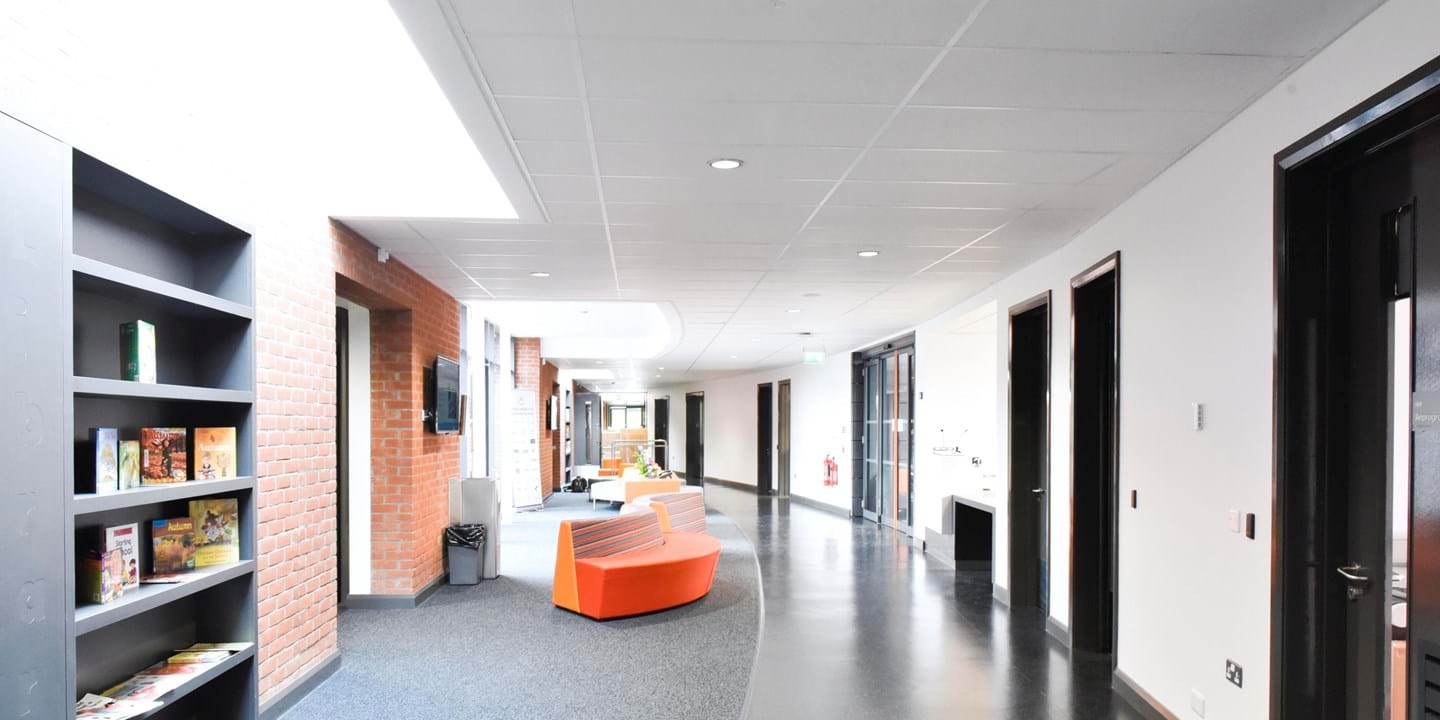
5 tips for a better sound environment in schools
“Our school is noisy, but what can we do about it?” Whether you are a teacher in a classroom or an architect or acoustician designing a preschool or school, these tips will help you to provide a higher quality and more inclusive sound environment for learning.
5 ways to improve sound in schools:
- Make students the scientists: Help their own discovery of the importance of sound
- Encourage respectful interaction: Lower student-initiated noise
- Measure, measure, measure: Use regular acoustic measurement to improve
- Prioritize quality: Choose “class A” acoustic materials
- Build back equal: Design classrooms for equal opportunity learning
1. Dig where you stand: Let the children do the research!
Classrooms can be noisy for many reasons: outside traffic, ventilation, projectors, hard and reflective surfaces to mention a few. But most noise comes from the children themselves. A good place to start to create a good learning environment is letting pupils know what sound is, how noise impacts them and their classmates, and why high noise levels should be prevented. Teach them about sound in physics, how our bodies respond to noise in biology and about the importance of inclusion in social studies.

2. Manage behaviour: Encourage respectful interaction!
Conflict resolution and behaviour management strategies can help teachers reduce noise and turn their classroom into a more productive learning environment. For example, international research has shown The PAX Good Behaviour Game to be an efficient toolbox for promoting better behaviour in classrooms, which has positive effects on a wide range of health issues. One tool is the PAX voice game, where teachers use hand symbols to guide the class to the right sound level for each activity.

3. Find the gap: Measure, measure, measure!
No matter what the issue, the first step is always to measure. Many school facilities are old and echoey. This can cause sound levels to accumulate as children need to speak over each other to be heard. Every school should have assigned staff and routines for identifying room for improvement. Acoustic measurements should be carried out regularly to make sure all classrooms follow national guidelines.

4. Mend the gap: Don’t compromise on quality!
A common denominator for classrooms with a good sound environment is high quality acoustic ceilings and wall absorbers. These simple refits have a big impact on the health, wellbeing and learning abilities of children and teachers. Always make sure to choose acoustic materials with an absorption quality of a = 0.9 or higher – also called class A. Other elements to quality should also be considered, including indoor air quality, fire safety and sustainability performance. To make informed decisions, choose products with Environmental Product Declarations and Health Product Declarations.

5. Build back equal: Use Universal Design for Learning as guideline!
Poor acoustics in schools disrupt children’s learning and causes stress. Children with special educational needs suffer the most. This includes children with hearing impairments, ADHD, on the autistic spectrum or not studying in their first language. Classrooms should be designed to give all school children an equal opportunity to succeed. A tip is to use Universal Design for Learning (UDL) as guideline. UDL is a framework that assumes that barriers to learning are in the design of the environment, not the child. Ensure that noise levels in empty classrooms are not higher than 30 dB, in accordance with WHO recommendations for children with special educational needs. Classrooms that meet the WHO recommendations are good classrooms for all school children.

